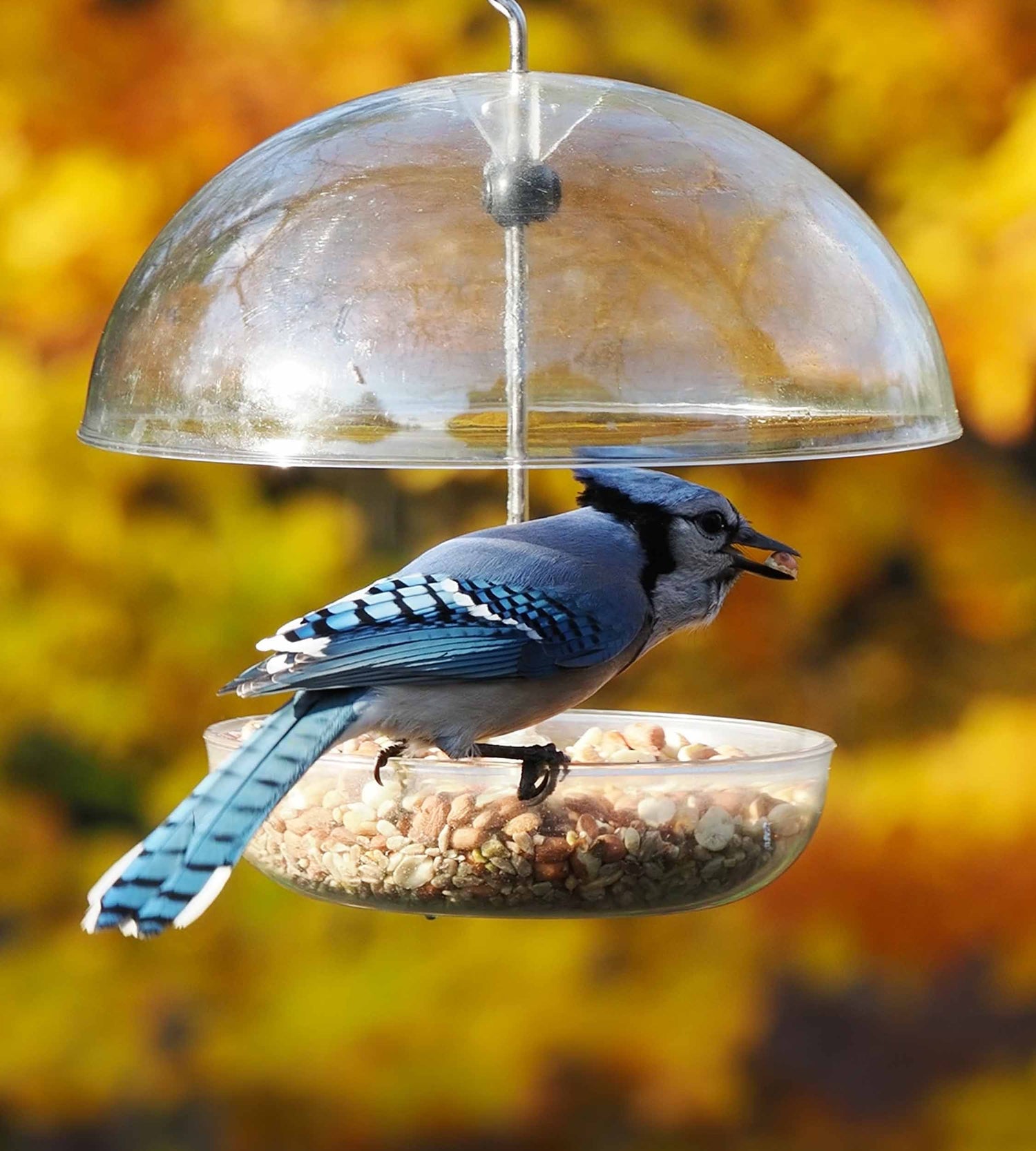Here’s the guide with simplified language and adjusted phrasing:
Feeding a dying bird is a delicate and compassionate task. Whether you find an injured bird in your backyard or encounter a weak one at the park, knowing how to provide appropriate nourishment can make a big difference in its recovery chances. In this guide, we’ll discuss types of bird food, feeders, and techniques to help care for a distressed bird, covering the best feeding practices and suitable food types.
Understanding a Bird’s Needs
Before feeding a distressed bird, it’s crucial to understand its specific needs. Birds have diverse dietary preferences based on species, so the first step is identifying the bird. Look at its size, beak shape, and color to determine if it’s a bluejay, finch, cardinal, or another type.
Recognizing Signs of Distress
A bird in distress may show signs such as lethargy, difficulty breathing, or inability to fly. If you notice these symptoms, act quickly but cautiously. Providing food and water can offer temporary relief, but consulting a wildlife rehabilitator for professional care is always recommended.
Types of Bird Food
Birds require different foods depending on their species and condition. Here are some common options:
• Suet Cakes and Pellets: High-energy sources made from animal fat mixed with seeds, ideal for a quick energy boost. Suitable for birds like woodpeckers and bluejays.
• Bird Seed and Mixes: Versatile mixes attract various birds and often contain sunflower seeds, millet, and cracked corn, which finches and chickadees enjoy.
• Nuts and Peanuts: Great sources of protein and fat, especially for larger birds like bluejays. Always use unsalted, additive-free options.
• Fresh Fruit: A natural source of vitamins and energy. Offer small pieces of apple, orange, or berries for birds like orioles and bluebirds.
• Mealworms: High in protein and ideal for insectivorous birds such as robins and chickadees.
Choosing the Right Feeder
Choosing the appropriate feeder is as important as the food itself. Here are different feeder options:
• Suet Feeder: A wire cage that holds suet cakes or balls, making it easy for birds to access the suet.
• Large Bird Feeder: Accommodates bigger birds like bluejays and cardinals with a spacious design and multiple perches.
• Nyjer Feeder: Specifically designed for small seeds like nyjer, popular with finches. These feeders have small openings to reduce seed waste.
• Window Feeder: Attaches to a window for close-up views of small birds like chickadees and finches.
• Small Bird Feeder: Compact feeders that prevent larger birds from accessing the food, ideal for attracting petite birds.
Feeding Techniques
Once you’ve identified the bird and selected suitable food and a feeder, here are some tips for feeding it safely and effectively:
• Offer Water: Provide fresh water in a shallow dish, as dehydration can worsen a bird’s condition.
• Minimize Stress: Approach slowly and quietly to avoid causing stress. Place the food and water near the bird and step back to let it eat undisturbed.
• Keep Predators Away: Ensure the feeding area is free from predators like raccoons and squirrels. A sheltered location or feeder guard can help deter these visitors.
• Monitor the Bird: Observe from a distance to see if it eats. If the bird shows no interest or continues to decline, seek help from a wildlife professional.
Common Bird Species and Their Preferences
Knowing the specific preferences of different birds can improve your feeding efforts. Here are some examples:
• Bluejays: Enjoy peanuts, sunflower seeds, and suet. These bold birds often visit large feeders.
• Chickadees: Prefer sunflower seeds, suet, and mealworms. They’re small, agile birds that frequent window and small feeders.
• Woodpeckers: Favor suet cakes and nuts. A suet feeder works well for these birds.
• Orioles: Attracted to fresh fruit and nectar. Offer orange slices or berries to entice them.
• Cardinals: Enjoy seeds and nuts, especially sunflower seeds, and often visit large feeders.
Conclusion
Feeding a dying bird requires careful consideration and compassion. By understanding the bird’s needs, choosing the right food and feeder, and using proper feeding techniques, you can provide temporary relief and support its recovery. Remember, seeking professional assistance from a wildlife rehabilitator is the best course of action for a bird in distress. With the right care, you may help a struggling bird regain its strength and return to its natural habitat.
Following these guidelines can make a positive impact on the lives of birds in need while enjoying the beauty and diversity they bring to your surroundings.






